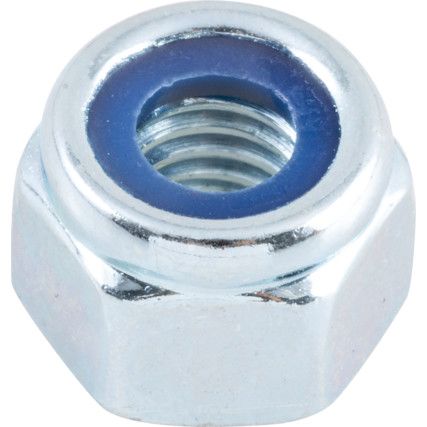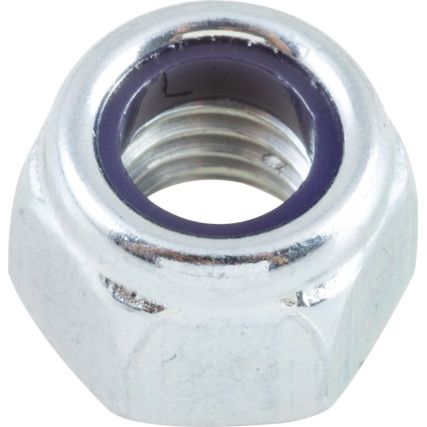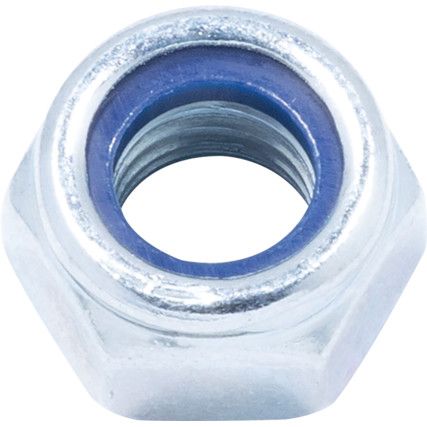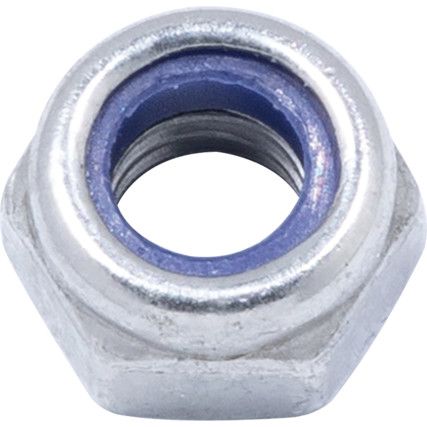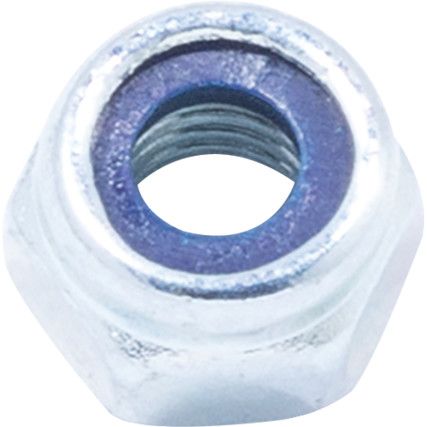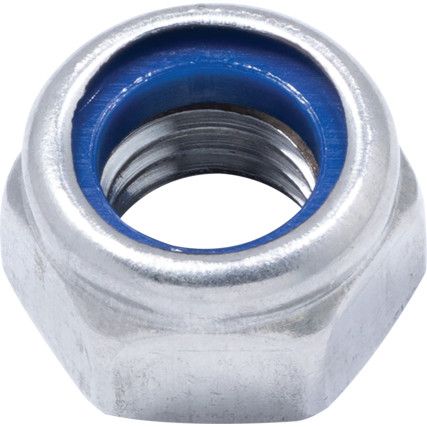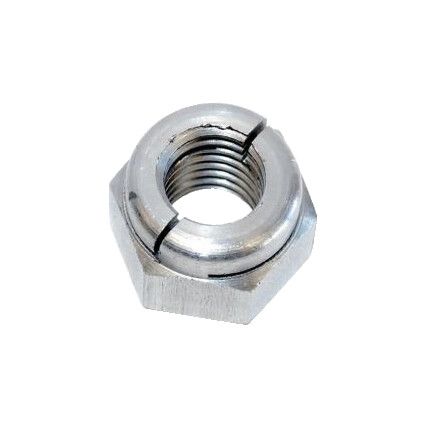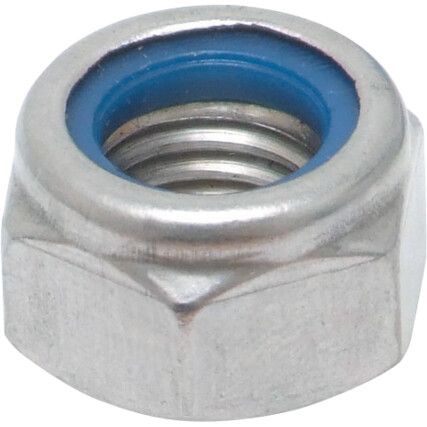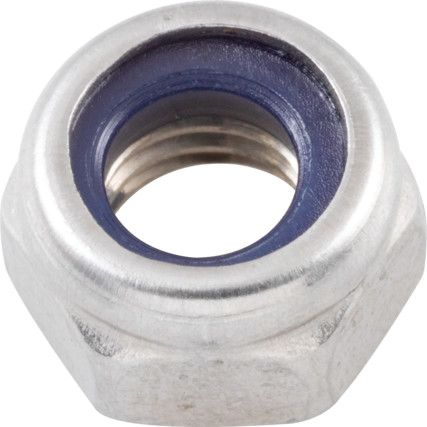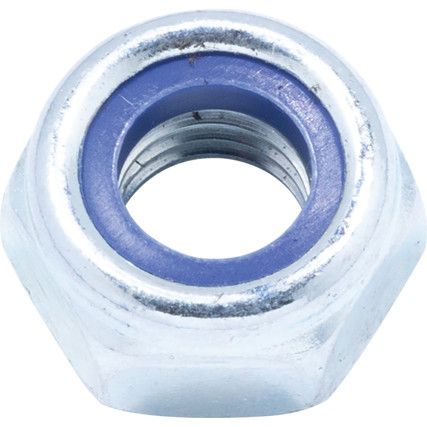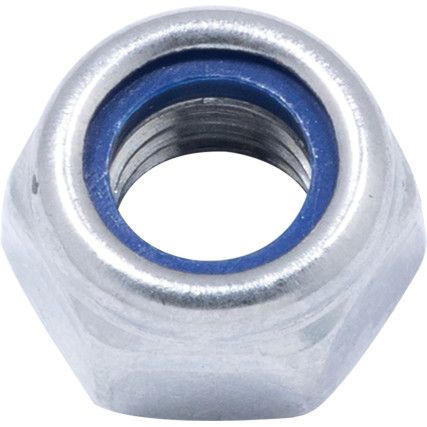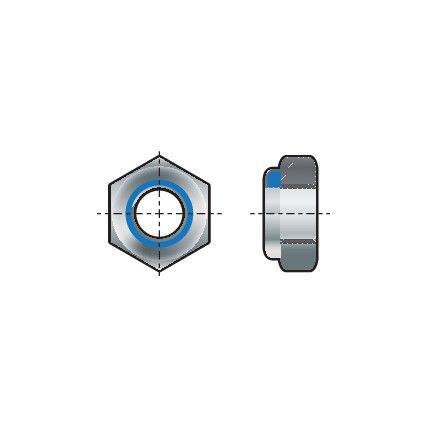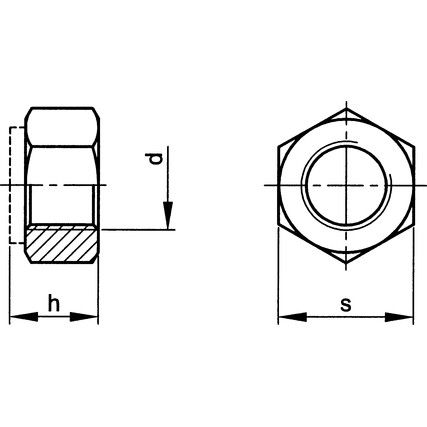Lock Nuts
If a fastener or threaded rod is subject to vibratory forces, it could be at risk of becoming loose or untethered. Lock nuts are designed specifically to resist vibratory forces and remain tight even when subject to vibrations. Here at Cromwell, we have a wide range of lock nuts from our quality own brand Qualfast as well as leading national brand Workshop.
What are lock nuts?
Lock nuts or locking nuts are similar to traditional nuts in shape and form, with a simple threaded hole designed for screwing onto fasteners to provide a bolstered level of hold. However, lock nuts also possess key features that are specifically designed to resist vibratory forces by putting pressure on the inserted bolt or threaded rod, thus preventing unscrewing or loosening of the fastener. This is sometimes in the form of a nylon insert to create tension between the nut and the fastener, sometimes by using a jam lock nut to create friction against other nuts and lock them into place against one another, or sometimes by a bearing lock nut which secures fasteners by a positive locking motion. This makes lock nuts ideal for use in machinery where vibrations are common and unavoidable.
When are lock nuts used?
Lock nuts can be used in any application where a regular nut would be used but are also suited for use in machinery where vibrations occur regularly, and a firm hold is a must. Typically, they are used across the engineering, automotive, manufacturing, agricultural and mechanical industries. Historically, where extra tightening power was needed, two nuts would be used instead of one. This can be extremely cost ineffective when used at a large scale, making lock nuts the preferred option due to their resistance to torque or vibratory forces.
Considerations when choosing a lock nut
• Thread size - Most often measured in metric nominations, the thread size of the lock nut will tell you which size bolt or fastener it is suited for. For example, an M8 size lock nut is suited for an 8mm threaded bolt, rod or fastener, with the "M" standing for Metric and "8" standing for 8mm.
• Material and grade - Whilst lock nuts are generally manufactured from steel, it's best to check what grade of steel is needed. For example, A4 grade steel has a higher resistance to corrosion than A2 steel and is thus more commonly used in marine applications. Sometimes brass or iron is also used to manufactured lock nuts, but this Is less common.
• Nut type - The term lock nuts refers to the general function and type of the nut, however there are some more specific subsets within this, with various lock nuts using different techniques to achieve the same outcome of creating a firm hold on a fastener that resists coming loose under vibratory forces. The most common types of lock nut are listed below.
Nylon insert lock nuts or nyloc - These lock nuts use a nylon insert to create a binding friction that effectively locks the threaded rod or fastener in place as well as absorbing and displacing vibrations. They are commonly used and are cost effective.
Jam nuts - Jam nuts lock into place by creating friction between two separate nuts. They are to be used in conjunction with either another jam nut, or a standard nut. These are less commonly used due to having to be used with another nut.
Stover or stayloc nuts - Also referred to as self-locking nuts, Stover or stayloc nuts work by deflecting the top threads of the joining fastener or threaded rod to create a firm hold, locking the fastener into place.
Half lock nuts - These are a smaller, thinner version of jam nuts and are used in the same way, by locking in conjunction with another nut.
• Surface treatment - Whilst some materials are inherently corrosion resistant, some lock nuts are also treated with a further corrosion resistant finish such as a zinc plating to bolster overall product longevity. It's worth considering whether this is something you require of your lock nut, depending on your intended application.
Lock nut jargon buster
We want to make it easier for you to understand and shop our range of lock nuts, so here are some key terms that will help you understand the applications and function of a lock nut a little better.
What exactly is a vibratory force?
A vibratory force is simply the term for the rapid back and forth motion that occurs when an object is displaced from its normal equilibrium (balance). An example of this is when an engine is powered on and there is a resulting juddering movement that in turn spreads out to fasteners. This is where lock nuts come in; they resist this force and hold the fastener or threaded rod in place.
FAQs
Can lock nuts be reused?
Only if the prevailing torque meets a certain standard. As with most fasteners and fixings, over time and with regular removal and re-fixing, the thread will begin to wear down and may not hold in place as effectively as it once did. That being said this isn't to say that they cannot be re-used, simply that they will lose their efficiency and performance over time with frequent unscrewing and re-screwing.
